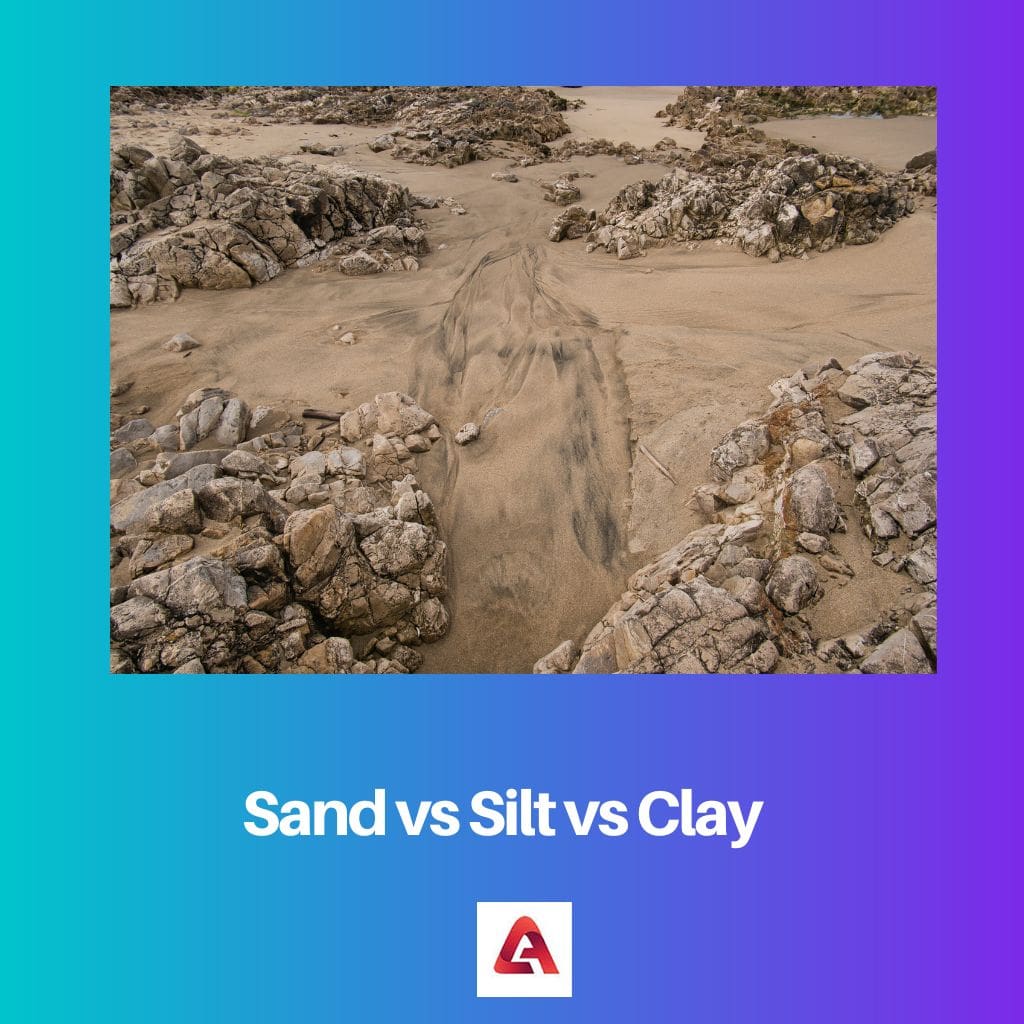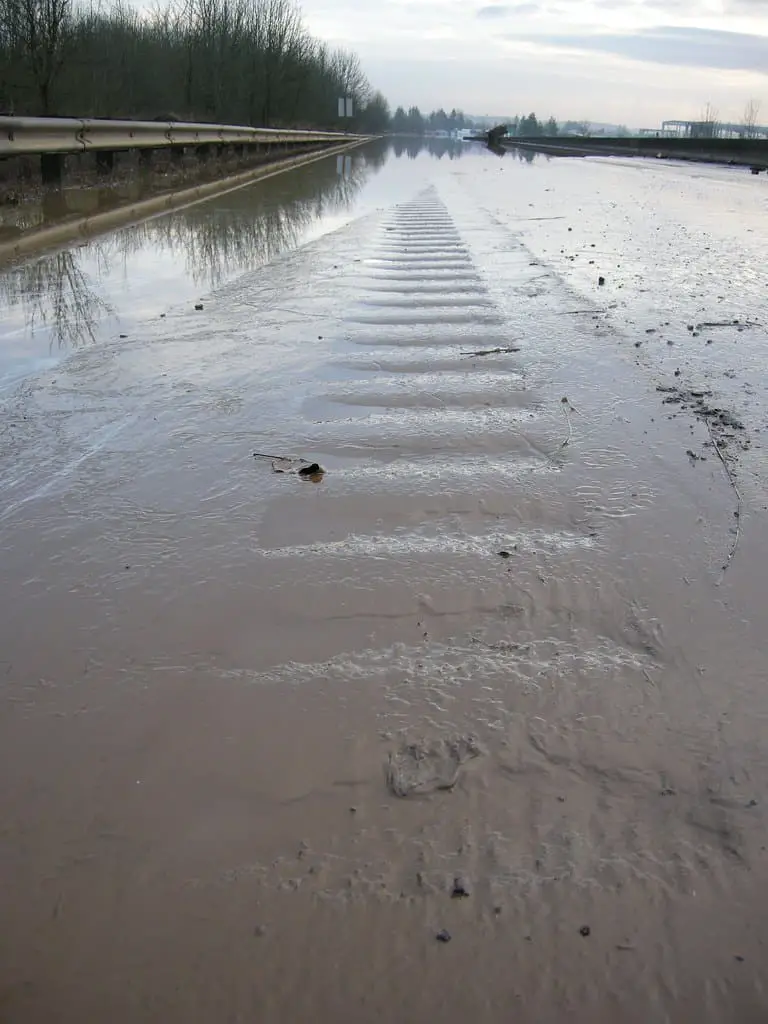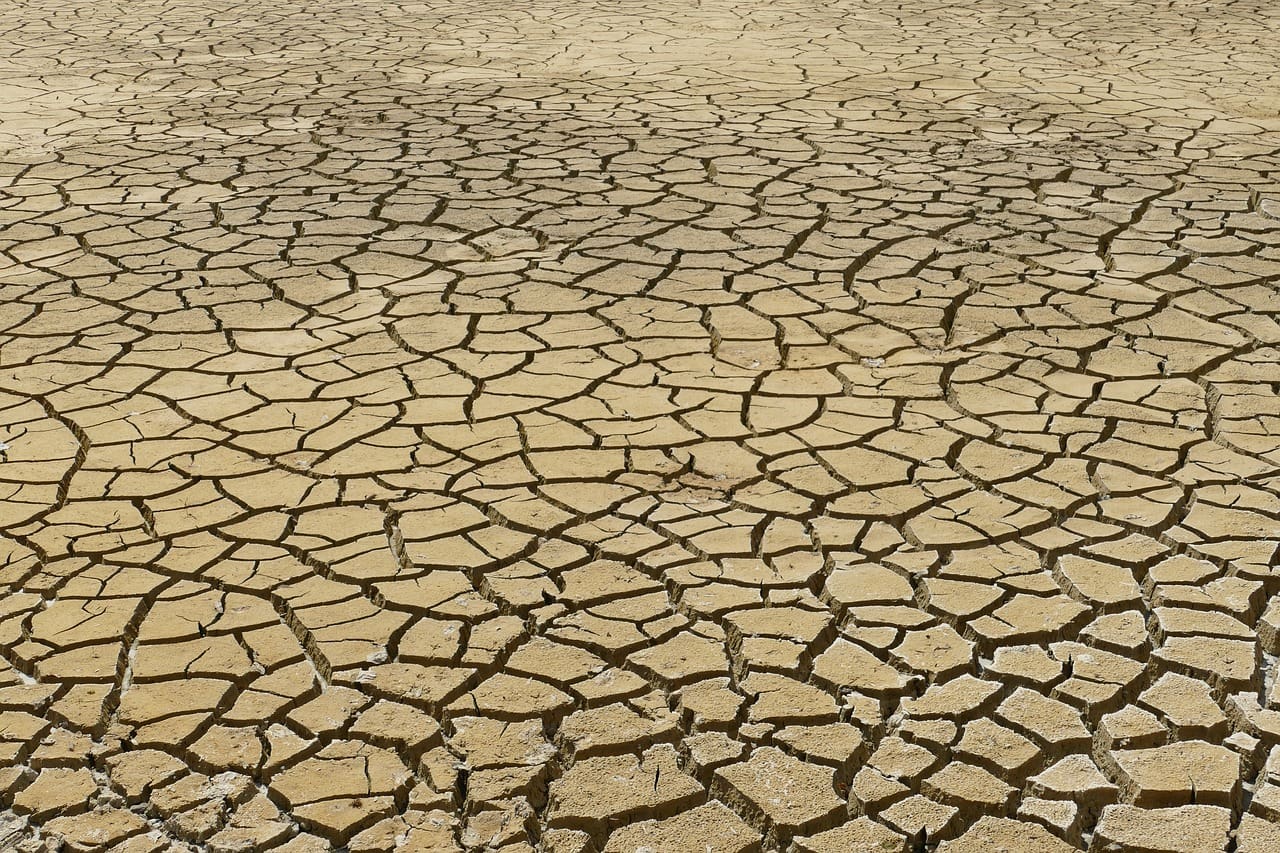We identify a location’s soil texture by studying the mineral particles it contains. The principal mineral particles in soil that affect its texture are sand, silt, and clay.
These particles are comprised of rocks that have been broken down over thousands of years by climatic and environmental circumstances.
Key Takeaways
- Sand, silt, and clay are soil particles classified by size, with sand being the largest, followed by silt, and then clay as the smallest.
- Sand provides good aeration and drainage in soil but lacks nutrient-holding capacity, while clay has high water and nutrient retention but can become compacted and limit root growth.
- Silt combines the properties of sand and clay, offering moderate drainage, aeration, and nutrient-holding capacity, making it ideal for plant growth.
Sand vs Silt vs Clay
The difference between sand, silt, and clay is that sand is a coarser and larger soil particle and has no plasticity, while silt is a medium-sized soil particle with low levels of plasticity. On the other hand, clay consists of extremely fine soil particles and has very high plasticity.

Sand is a granular material that forms as a result of the dissolution of rocks. It is made up of rock and mineral particles such as silicon dioxide.
Sand particles are smaller than gravel particles but larger and coarser than silt particles. In reality, they are the soil’s largest and coarsest mineral particles.
Silt is a fine-grained silt material that is carried and deposited by water, ice, and wind. It’s a granular material with particles that are between sand and clay in size.
Silt particles range in size from 0.002 to 0.06 mm. Furthermore, silt is composed of quartz and feldspar minerals.
Clay is a fine-grained natural soil material that contains clay minerals. These are the finest soil particles and are smaller than 0.002 mm.
Clay is made up of microscopic and submicroscopic particles formed by the chemical disintegration of minerals. Clay soils are made up of more than 25% clay.
Comparison Table
| Parameters of Comparison | Sand | Silt | Clay |
|---|---|---|---|
| What is it | Loose granular material | Dust-like sediment material | Extremely fine-grained natural soil material |
| Particles | Coarse and larger | Somewhere between sand clay | Extremely fine and soft |
| Size | From 2.00 to 0.05 mm | 0.002 to 0.06 mm | Lower than 0.002 mm |
| Plasticity | No plasticity | Very low plasticity | High plasticity |
| Pore | More and large | Smaller | Very few and smaller |
| Water Retention | Low | Medium | High |
| Shape | Angular | Spherical | Tubular, angular, flaky |
What is Sand?
Sand particles are essentially microscopic rock fragments, and as such, they have little or no potential to feed nutrients to grass or to keep them from leaching.
Sandy soils feel gritty between the fingers because they are made up of rock particles. Because sand grains have little capacity to adhere to one another, sandy soils cannot be rolled into a string when wet.
Coarse sand particles have a diameter of 2.00 to 0.05 mm and can feel rough when rubbed between your fingers. Even when you hold it together, it will feel light and crumbly.
These relatively big particle sizes help improve soil aeration, drainage in compacted soil, and plant growth. Sand particles can also be angular, spherical, flat, or elongated.
Sandy soils are well recognized to be drought-prone due to their low water retention when wet. Nonetheless, the water that is kept is quickly released to the plants.
When it rains or irrigates, the water readily penetrates the soil surface, the excess flows quickly through, and the soil remains properly aerated.

What is Silt?
Silt particles are intermediate in size chemical and physical qualities between clay and sand. Silt particles have a restricted ability to hold plant nutrients or release them into the soil solution for plant absorption.
Silt has a spherical shape and is more difficult to mold into a string than clays. When dry, silt may have a similar texture to flour. When wet, it turns into smooth mud that you can mold in your fingers.
When it’s very wet, though, silt can mingle smoothly with water, forming very fine, runny puddles of mud. Furthermore, because of its fineness, silt has little or no plasticity.
Silt stores a huge amount of water due to its spherical structure, but it rapidly distributes the water to plants.
While silt oils are thought to be highly fertile for plant growth, owing to their water properties and ease of cultivation, engineers dislike dealing with them due to their relatively quick release of water and lack of ability for the particles to adhere together.

What is Clay?
The fine clay granules bind the soil together. When clay particles are wet or dry, they quickly adhere to one another and generate a sticky texture. When compared to sand and silt, clay soil can hold a lot of water.
When clay comes into contact with water, it expands and shrinks. Clay particles are thin, flat, and coated with small plates, as opposed to sand particles, which are spherical.
Because organic clay is very compressible and has high dry strength, it is utilized in building as mud mortar.
Clay is the moniker given by scientists to the finest particles with good cause. The majority of the chemical characteristics of soil are derived from clay size particles.
They are in charge of the retention of several plant nutrients in the soil, including calcium, magnesium, potassium, trace minerals, and some phosphorus.
Clays can hold more water than sandy soils due to their compact size and huge surface area. Clays, on the other hand, hold water more tightly and do not release it to the ground as readily as sands, as will be explained in a later article.

Main Differences Between Sand, Silt, and Clay
- Sand is loose soil made up of granular material. Silt is a sediment material that is deposited by ice, wind, and water, whereas clay is an extremely fine soil material.
- Sand is coarse in texture while silt is somewhere between the two, and clay is extremely small and soft.
- Sand varies in size from 2 to 0.05 mm, silt varies in size from 0.02 to 0.06 mm, and clay is smaller than 0.002 mm.
- Sand has no plasticity, silt has low plasticity, while clay has high plasticity.
- Sand has large and more pores while silt has smaller pores, and clay has very little pores.
- Sand has low water retention, silt has a medium, while clay has high water retention.
- Sand has an angular shape, silt is spherical, and clay is tubular and angular.



